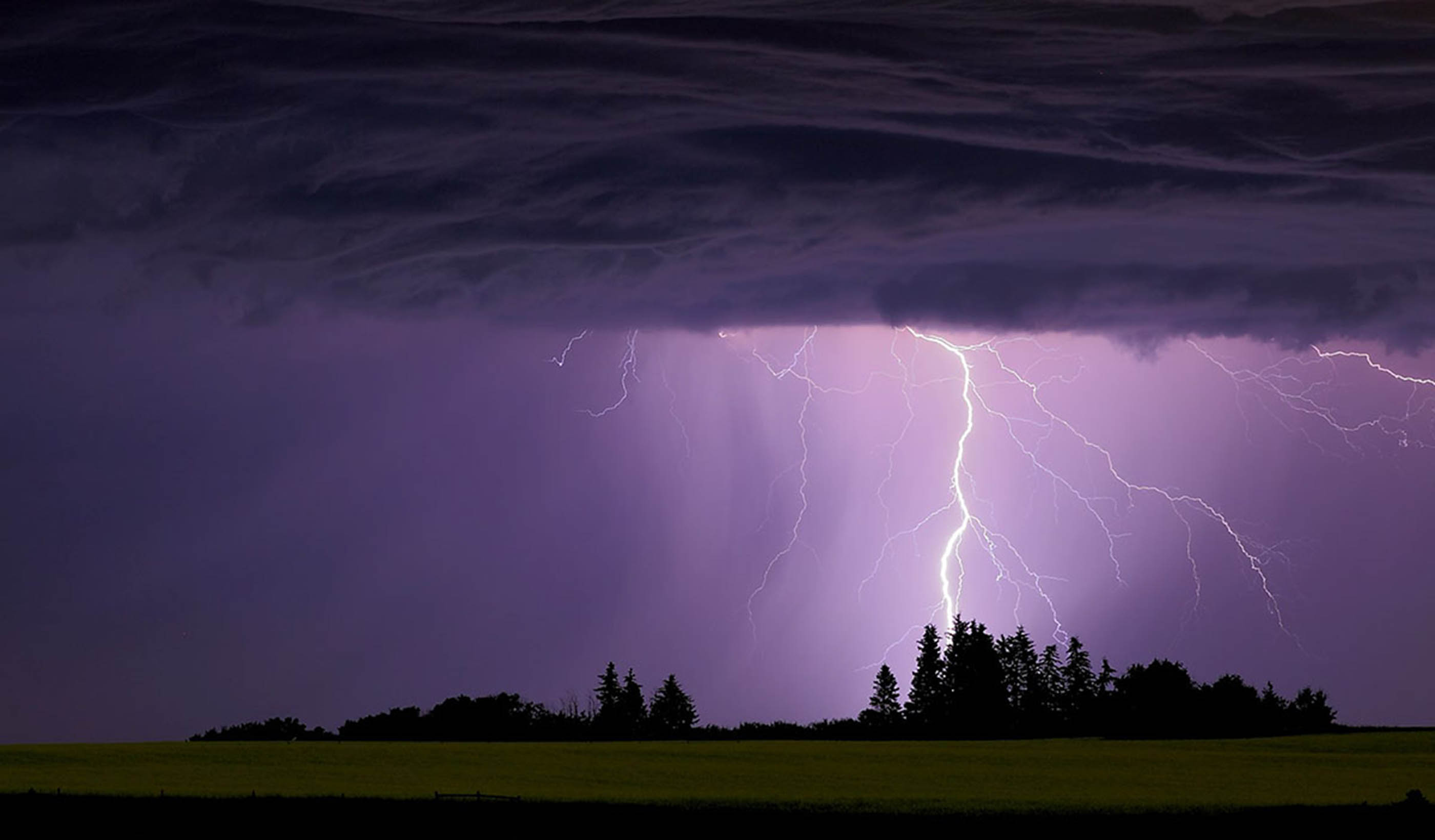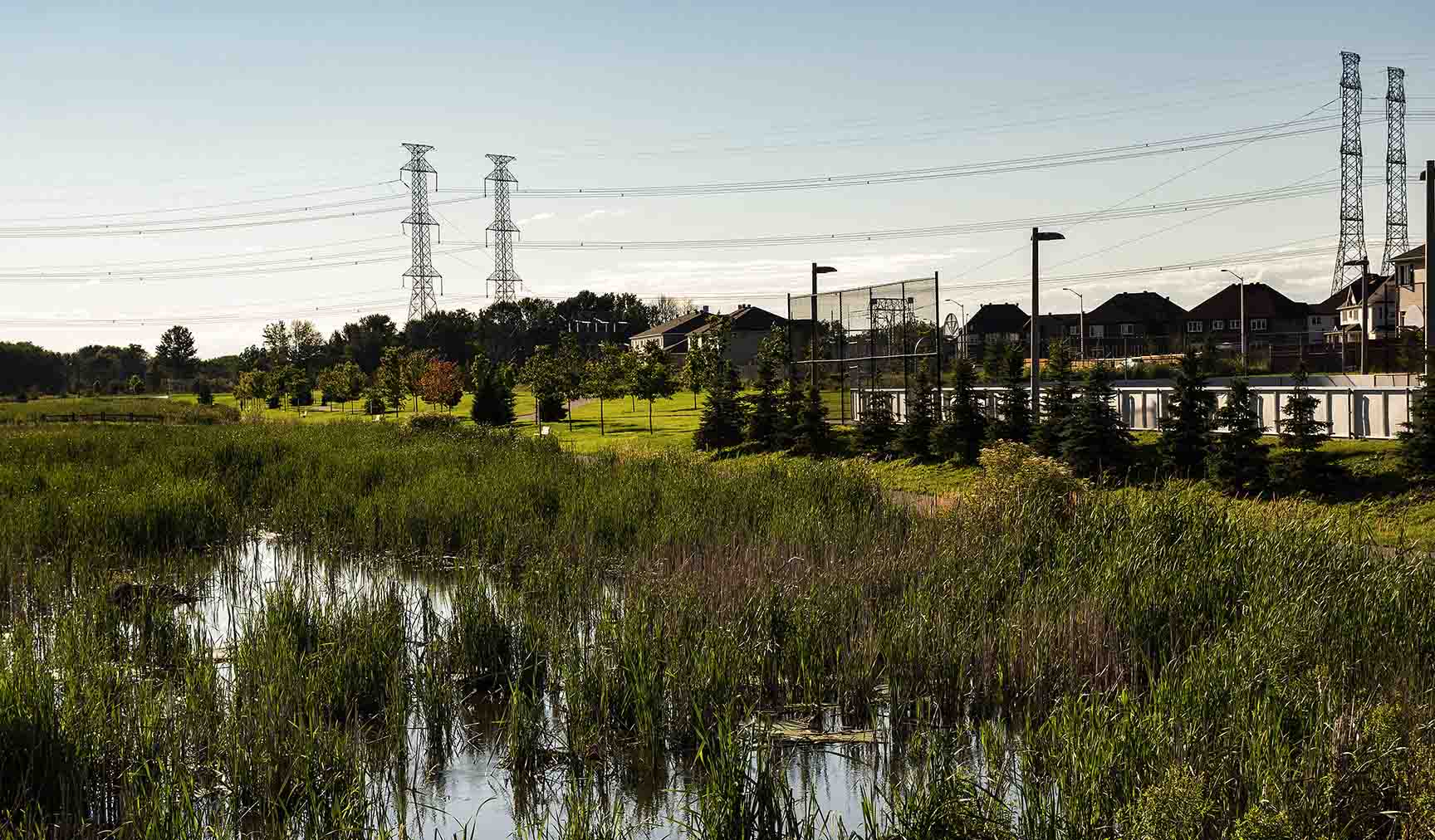Managing the future: Why you should consider climate change risks on your next project
November 11, 2021
November 11, 2021
New to climate risk assessments? Here’s a primer from Canada. A systematic approach can manage the risk of future climate threats on your projects.
The science is clear: Climate change will lead to more extreme weather events across the globe. The recent AR6 report published by the International Panel on Climate Change is unequivocal: climate change will increase the intensity of storms and the risk of forest fires, extreme temperatures, and droughts. Flooding will become more common. Global temperatures will rise.
So, how do you manage the risk of future climate impacts on your projects when faced with these looming threats? Systematically. If you’re planning a new community, designing a new building, managing existing infrastructure, or planning a remediation project, there are tools and guidance available. They can help practitioners identify, understand, and prioritize the risks associated with a changing climate.
The process is referred to as a climate risk assessment or climate risk and vulnerability analysis. The goal? To design a resilient and adaptive solution to withstand future climate change. Let’s dive into the process below. We will look at why project managers need to consider climate change risks on their next projects.

The science is clear: Climate change will increase the intensity of storms and the risk of forest fires, extreme temperatures, and droughts.
Why do you need to identify and assess future climate risk for your project? It’s all about risk management. Codes, regulations, and guidelines used in design are based on historical climate trends. But the pace of climate change is eclipsing the climate assumptions used to develop these codes and standards. What was once considered a 1 in a 100-year flood event now occurs every 10 years. The rapidly changing climate requires additional attention when designing new projects and assessing the vulnerability of existing assets and infrastructure.
While considering future climate conditions is not a novel concept in design, common industry-accepted methods to assess future climate risk have evolved in Canada over the past 15 years. They are now being applied on projects.
Two key drivers have emerged over the past five years that have highlighted the importance of considering and assessing climate risk for projects, companies, agencies, and governments.
One of the drivers is federal government policy focused on including resilience for new projects and existing assets.
This includes initiatives like the Invest in Canada Infrastructure Program. Depending on the funding amount and stream, this program requires the completion of a Climate Lens Assessment, which includes a climate resilience assessment and greenhouse gas mitigation assessment.

How do you manage the risk of future climate impacts on your projects when faced with flooding and other looming threats? Systematically.
Funding programs like Green and Inclusive Community Buildings also require a resilience assessment as part of the funding application. The Greening Government Strategy requires climate risk assessment for federal properties.
Other programs like the Federal Contaminated Sites Action Plan will soon require that future climate change be considered when assessing contaminated sites and designing remediation programs.
The other driver? The financial disclosure recommendations released in 2017 by the Task Force on Climate-related Financial Disclosures (TCFD). The TCFD recommendations are structured around four themes: governance, strategy, risk management, and metrics. The goal is to help companies and organizations identify the financial effects of climate change. This is done by assessing physical climate risks and identifying risks and opportunities to support the transition to a low-carbon economy.
Companies across Canada and globally in every sector are starting to incorporate the TCFD recommendations into annual reports. It’s expected that many major security and exchange commissions will mandate public companies report on the TFCD recommendations. This trend is expected to increase as we progress through the energy transition.
There are several industry-accepted methods to assessing climate risk based on the ISO 31000: Risk Management Standard and a collection of guidance documents under the ISO 14090: Adaptation to Climate Change series.
Perhaps the most important aspect to any risk assessment is to engage experienced and qualified professionals. The right team of professionals can identify the vulnerabilities and develop an adaptation strategy to enhance the resilience of your project and inform an adaptive design.
A $1 investment in resilient infrastructure can save between $3 and $10 in recovery costs when non-resilient infrastructure fails.
Depending on the method selected, the number of steps can vary. But the general sequence of events is similar and follows standard risk-management principles.
Step one: The first step is to define the project—both the physical limits of the project and the timelines to be considered. Are you designing for a 50-year lifespan, or will your asset require replacement in 20 years? These parameters will influence the risk assessment outcome and should be well-defined and aligned with your organization’s goals.
Step two: The next step is data collection. What reports are complete and should be included in the risk assessment? What input can key stakeholders provide based on their knowledge? What are the most recent modelled future climate projections for the area? Understanding future climate conditions is vital as it will inform what conditions your project will face in the future.
Step three: Once the project is defined and future climate projections understood, it’s time to complete the climate risk assessment. This stage is often completed collaboratively with key stakeholders familiar with the project. It is supplemented with subject matter experts that can help quantify consequences of equipment or system failure.
Step four: The final step in the process is to develop an adaptation plan to address the elements at highest risk. These plans can vary in complexity. Solutions can range from increasing operations and maintenance activities to designing engineered solutions to adapt to the changing climate.

Stantec has worked with Hydro Ottawa to help adapt electrical distribution infrastructure to the risks of climate change.
Expect this trend—of considering climate risk and developing resilient solutions—to increase over time. After all, it mitigates risk and helps save money over the long run.
Studies have shown that a $1 investment in resilient infrastructure can save between $3 and $10 in recovery costs when non-resilient infrastructure fails.
If you are managing projects that can be impacted by severe weather, you have a responsibility to consider and include future climate risk. Rivers and lakes will flood more frequently. Sea levels are rising. Permafrost is melting. Precipitation patterns are changing. How will this impact your project? Does the design or asset-management plan account for these changes?
Take it a step further and consider how existing water, power, and transportation infrastructure supporting your project will withstand the changing climate. As Benjamin Franklin once said, “If you fail to plan, you are planning to fail.”
Climate change is complex and dynamic. Assessing the risk on your project is daunting. But when a systematic approach is used with sound science and engineering, we can develop and implement solutions to enhance the resilience of your project.